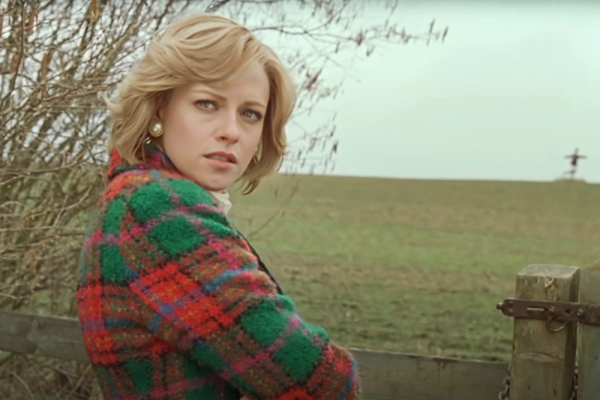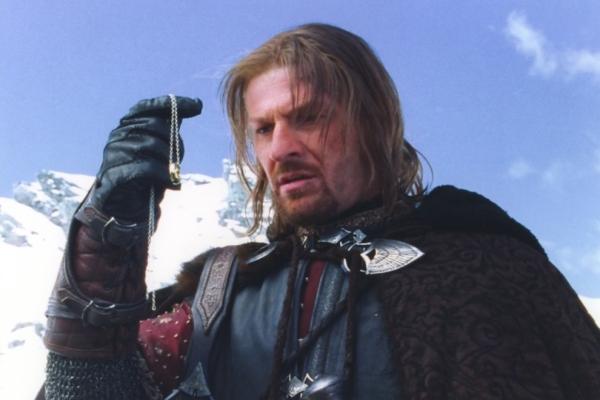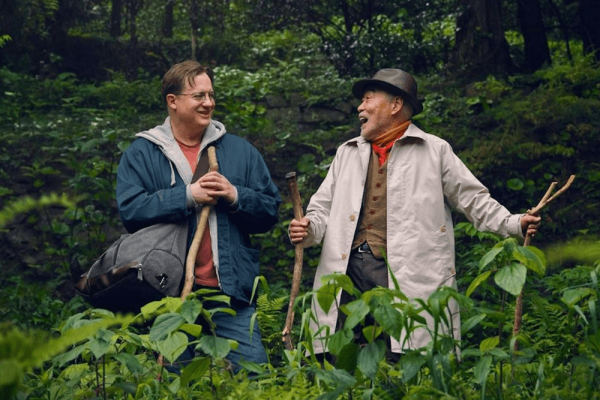Spencer, the new Princess Diana biopic, begins the way a classic Christmas movie would: A princess, riding a convertible, dressed in a red and green peacoat, gets lost on her way to Sandringham, the royal estate where the family’s holiday gathering is scheduled. She pulls into an establishment that sells gas and fish ‘n’ chips to get directions from the starstruck townspeople. Later it becomes clear just how lost the Princess of Wales really is. The movie closely follows Diana (dynamically played by Kristen Stewart) from Christmas Eve to Boxing Day 1991, the last yuletide she spent with the royals before her formal separation from Prince Charles.
Hallmark kicked off the royal Christmas movie trend in 2011 with A Princess for Christmas, a romance about a young woman traveling to Europe and falling for a prince. It’s a winning formula that has spawned other cringeworthy classics: A Christmas Prince, The Princess Switch, Honey I Shrunk the Christmas Princess (I’m lying about that last one, but it’s not much of a stretch). In a recent Refinery 29 article, Alicia Vrajlal spoke to mental health experts to try to understand our love for bad Christmas movies. There’s comfort in the certainty of a happy ending and escapism in the far-fetched royal story lines. But most importantly, these movies trigger nostalgia, reminding us of Christmases past “when life wasn’t so complicated.”
You won’t find comfort or escapism in Spencer, but the nostalgia is there; Diana is choked by longing for a different time. Specifically, Diana yearns for her childhood home, which is within walking distance of Sandringham. The house has been boarded up for years, but Diana visits anyway. As she walks up the stairs, the decaying wood threatens to cave in; you get the impression that she wouldn’t mind if it did.
Spencer is the ultimate I-won’t-be-home-for-Christmas film. It is Black Swan meets Jackie meets (to a far lesser degree) the The Family Stone. Which feels poignant in 2021, a year in which many of us are afraid to go home. The omicron variant will undoubtedly keep some of us away from our families. But others who can travel home for Christmas may feel anxious about the prospect of returning to houses divided by politics, theology, misinformation, or all three.
At times, Spencer moves agonizingly slow, the way loneliness can. Stewart, who has always had a penchant for brooding, thrives in the role. At other times, the movie is manic: Diana runs through the field, dances across a checkered floor, and steals endearing midnight moments with her young boys. It’s a film of feast and famine, but more famine than feast. Director Pablo Larraín doesn’t shy away from Diana’s struggle with bulimia, for instance, and more than once Diana hallucinates Anne Boleyn, the second wife of King Henry VIII, who — as the fictional Diana put it — “offered her head to the tweezers with such grace.” Boleyn does more looming than talking, but she makes for a compelling ghost of Christmas past. (It’s not difficult to imagine a royal estate — one that has housed centuries of institutionalized classism and racism — as haunted.)
“Here, there is only one tense,” Diana explains to Harry and William, who are frustrated by the strictness surrounding their Christmas rituals. “There is no future. Past and the present are the same thing.”
Spencer is a Christmas movie. It doesn’t offer the warm and fuzzies, but it does prompt us to take a critical look at the traditions we keep and the facades we wear. It stays true to the epigraph that starts the film: “a fable from a true tragedy.” A blue Christmas in a blue year.
Got something to say about what you're reading? We value your feedback!






